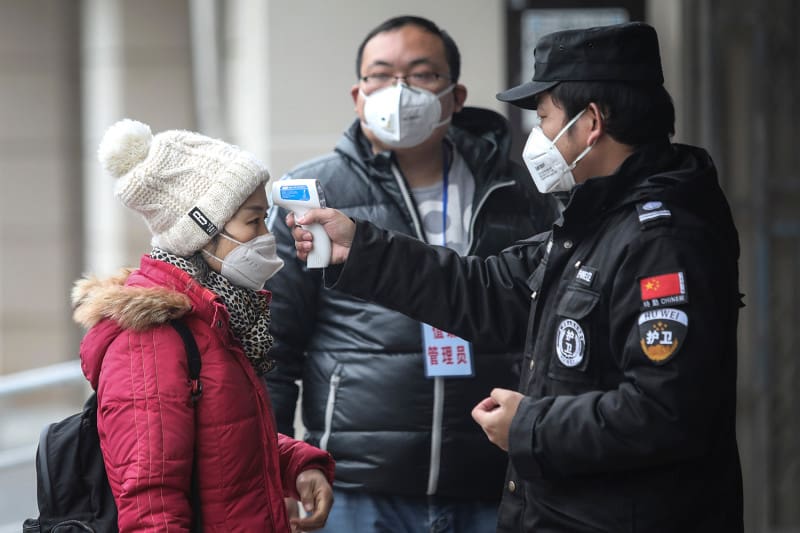Camera crews filming outside the company headquarters, a mass of media enquiries and employees with a pressing need for information – when new viruses like the coronavirus run rampant and pictures also appear in the main news stories of a deserted Chinese city home to millions of people, stress levels rise in internationally active businesses and crisis units.
Because epidemics like SARS or the coronavirus can completely disrupt operational processes (https://www.manager-magazin.de/politik/weltwirtschaft/newsblog-zum-corona-virus-a-1304435.html), they can lead to temporary site closures, as in the case of the Bavarian automotive supplier.
Against this backdrop, many questions arise within crisis management, including:
- How does working alongside health authorities actually work? Who speaks to whom and when? And who has authority over whom?
- What do we do when the virus is directly associated with the company?
- Which course of action do I choose: Only implement what has been arranged in consultation with the authorities? Or do we go above and beyond, taking additional measures that will be advantageous to our public image?
- How best to include affected employees?
- And how do we handle what experience shows will be a tidal wave of media interest?
- What do pandemics actually mean for customer relations?
- And what if the crisis team is sent into quarantine?
Crisis prevention is half the battle
In crisis communication, it is common knowledge that crisis prevention is half the battle. But are companies actually prepared for crisis situations associated with epidemics?
Probably not, because events like the coronavirus are rare. Crisis management generally has more experience with crises such as classic product recalls, serious industrial accidents, or economic issues involving site closures or job losses.
Nonetheless, simple rules also apply to pandemics and can be mapped with clever crisis prevention:
- Categorise: what does an identified virus mean for operations? In other words: who is affected by and who is involved in the crisis situation?
- Responsibility: who is responsible for communication with which target group? In other words: who communicates with employees, authorities, the media, customers, suppliers and third parties, in which way and how often?
- Monitoring: how do we immediately know who will comment on the crisis and how, and above all, which tone they will take? How do we catch false alarms?
Whenever the health authorities are involved in a crisis situation triggered by a virus, a company doesn’t necessarily maintain control of its communications. For this reason, companies should run through these kinds of cases with the authorities in good time.
The current coverage of the coronavirus has brought the fact that health risks for employees present their very own crisis topic to the attention of those responsible for communications.
In the actual crisis situation, adjusting to this crisis scenario means having more time available for crisis communication. In the age of global goods flows and an increasingly networked economy, crises like the coronavirus or SARS will recur. For this reason, clever crisis prevention is useful in limiting potential reputational damage, giving the crisis unit the assurance it needs to be well prepared and avoiding any blunders in the actual crisis situation.
Frank Schroedter
Frank Schroedter is a Crisis Communications specialist with Engel & Zimmermann AG who are part of the CCNE (Crisis Communications Network for Europe), of which Fuzion are a member








